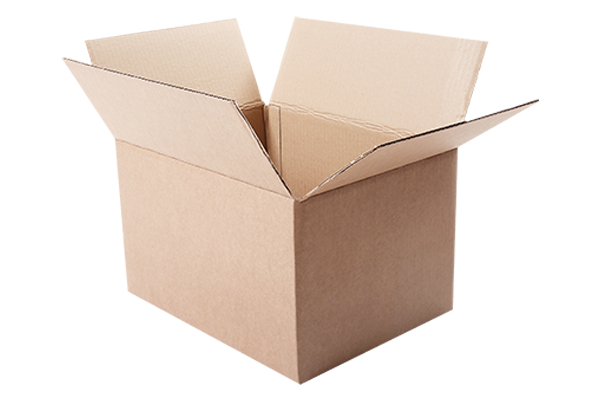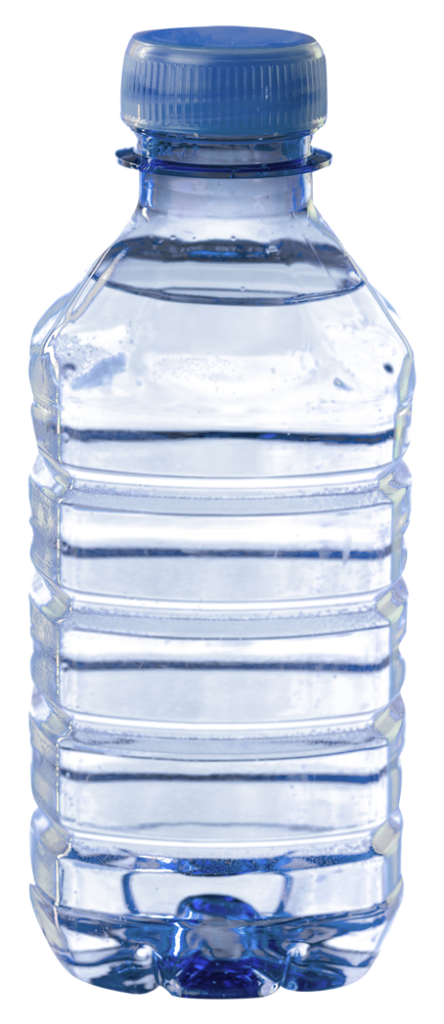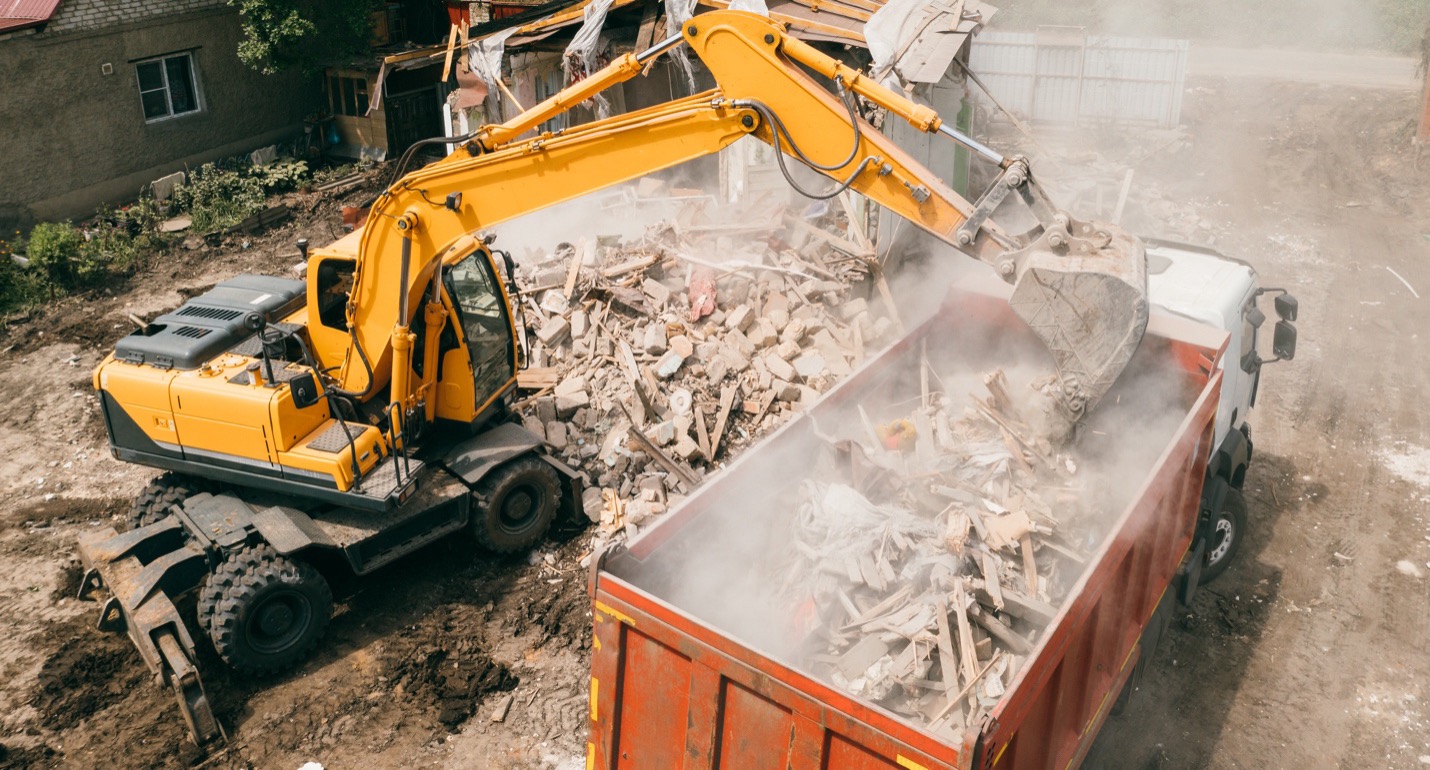People have been burying their refuse for over 3000 years. Greece has one of the oldest “trash heaps” discovered. If we look at modern times, the first “sanitary” landfill was in Fresno, California in 1937. The term sanitary just refers to the fact that a trench was dug for the day’s waste, and then covered over with clean dirt at the end of the day. Common refuse looked a lot different then, than it does now. Interestingly enough the contents of a modern sanitary landfill actually have some potential commercial value. This begs the question, does it make sense to harvest the contents of a modern landfill and if so, then what approaches are most likely to be most successful? For purposes of this article we can consider that diverting recyclables from landfills is treated the same as “harvesting” or mining directly from a landfill. The net effect is the same with the advantage being that the cost of diversion is generally speaking less than the cost of mining in the traditional sense. Mined product needs to go through a sorting process, whereas diversion is, by definition, already sorted.
PAPER RECYCLING
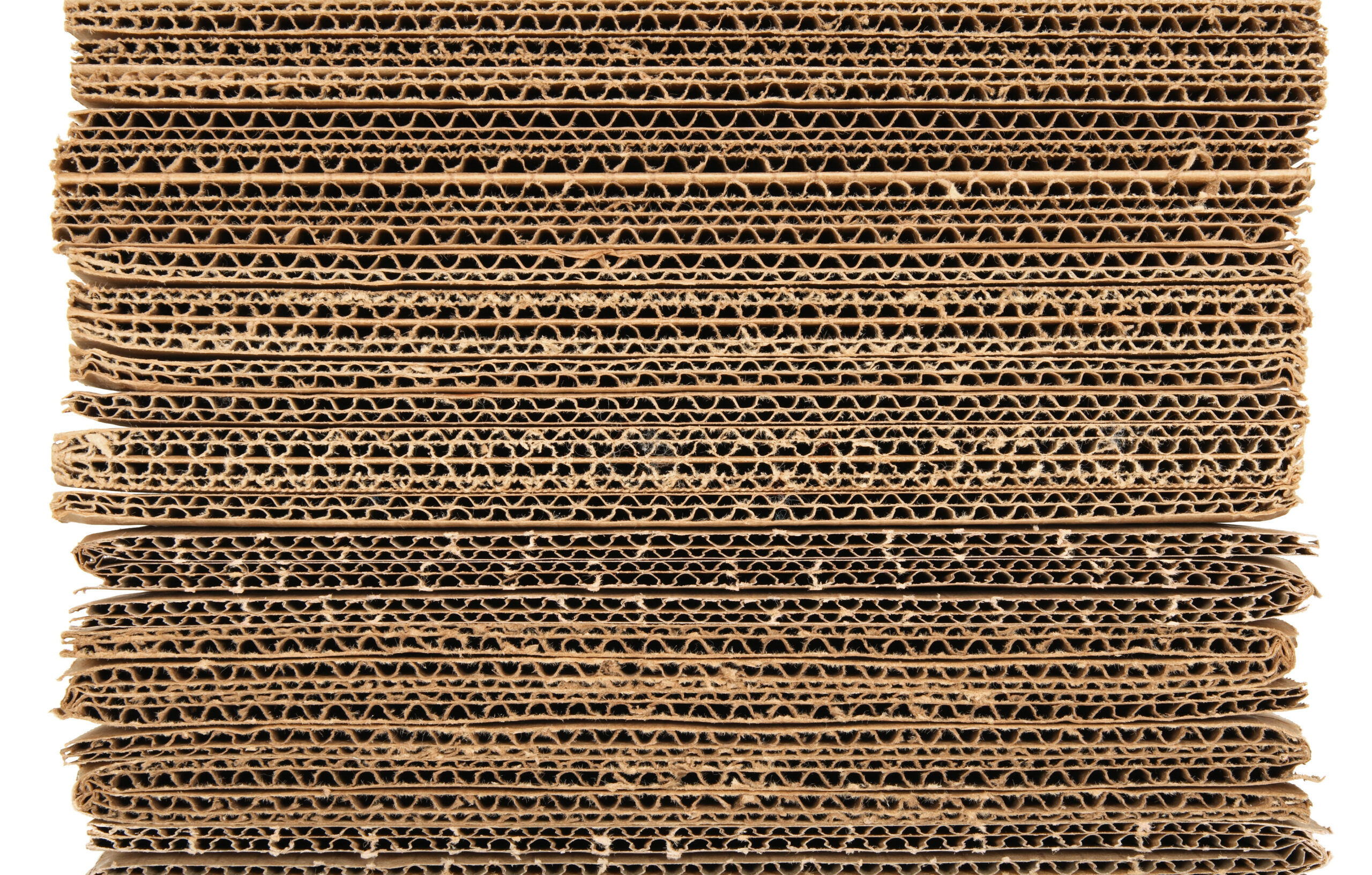 Let’s start by looking at areas where communities are particularly successful in diverting recyclables away from landfills in the first place. This “pre-mining” captures the landfill contents at their highest value. Recent studies show that the paper recycling rate in the US is 68%. Paper benefits from the fact that it is easily sorted (or graded) into various types. It further benefits from the fact that the processing to re-use paper is very much like the process used to make virgin paper in the first place. This means that lots of new specialized equipment isn’t required to get the job done. Once the paper has been converted to the paper pulp stage, all further processing pretty much follows the standard operation of creating paper. One important thing to keep in mind is that the most effective recycling of paper is if it is recycled back into the same type of paper that it started as: card stock to card stock; office paper to office paper; etc.
Let’s start by looking at areas where communities are particularly successful in diverting recyclables away from landfills in the first place. This “pre-mining” captures the landfill contents at their highest value. Recent studies show that the paper recycling rate in the US is 68%. Paper benefits from the fact that it is easily sorted (or graded) into various types. It further benefits from the fact that the processing to re-use paper is very much like the process used to make virgin paper in the first place. This means that lots of new specialized equipment isn’t required to get the job done. Once the paper has been converted to the paper pulp stage, all further processing pretty much follows the standard operation of creating paper. One important thing to keep in mind is that the most effective recycling of paper is if it is recycled back into the same type of paper that it started as: card stock to card stock; office paper to office paper; etc.
OPPORTUNITY IN ALUMINUM
One area that has a lot of unrealized potential is both the recycling (and landfill mining) of aluminum cans. Sadly even though about 65% of aluminum cans are recycled in the US, this represents a drop of 20% in the recycle rate from 2016. And it is one of the most valuable items to recycle. Cans are 100% recyclable, but the real savings is in not having to extract that aluminum from the ore to begin with. Recycling aluminum saves 90 – 95% of the energy used to create that aluminum from aluminum ore. That is a very energy intensive process which produces a lot of CO2,as well as sulfur oxide and nitrogen oxide. These are both constituents of acid rain and smog, respectively. Since cans are made of metal, there are a lot of processes available to help with sorting it from non-metal and even metal-but-not-aluminum waste. And with a scrap value of $1200 per ton, this is one of the most valuable recyclables around. Clearly this is an area for improvement.
RECYCLING GLASS
By far, one of the most dismal recycle rates in the US is for glass. It is the ideal recyclable material: inert, sanitary, infinitely re-useable. And yet we can only manage to recover 31% of the usable glass. Glass represents about 5% of the landfill waste every year. Meanwhile Europe, as a whole recycles 74% of their glass with some countries hitting the 95% mark. So what’s going on? This should be a no-brainer. Probably the most important influence on glass recycling in the US is the fact that most municipalities use single stream recycling: metal, glass, paper and plastic all go in a single curb-side waste pick-up station. Glass, unfortunately is breakable meaning that if there are shards in the bottom of the waste can, it is not very likely to be sorted out. For comparison multi-stream recycling uses different containers for glass, paper and plastic. In these multi-stream systems, typically 90% of the glass gets recycled. Of course, this means that for curbside pick-up, there will need to be an additional bin, but given the recyclability of glass, this is some low hanging fruit. Whether or not it is self-sustaining as an economic enterprise would need to be determined.
PLASTIC RECYCLING
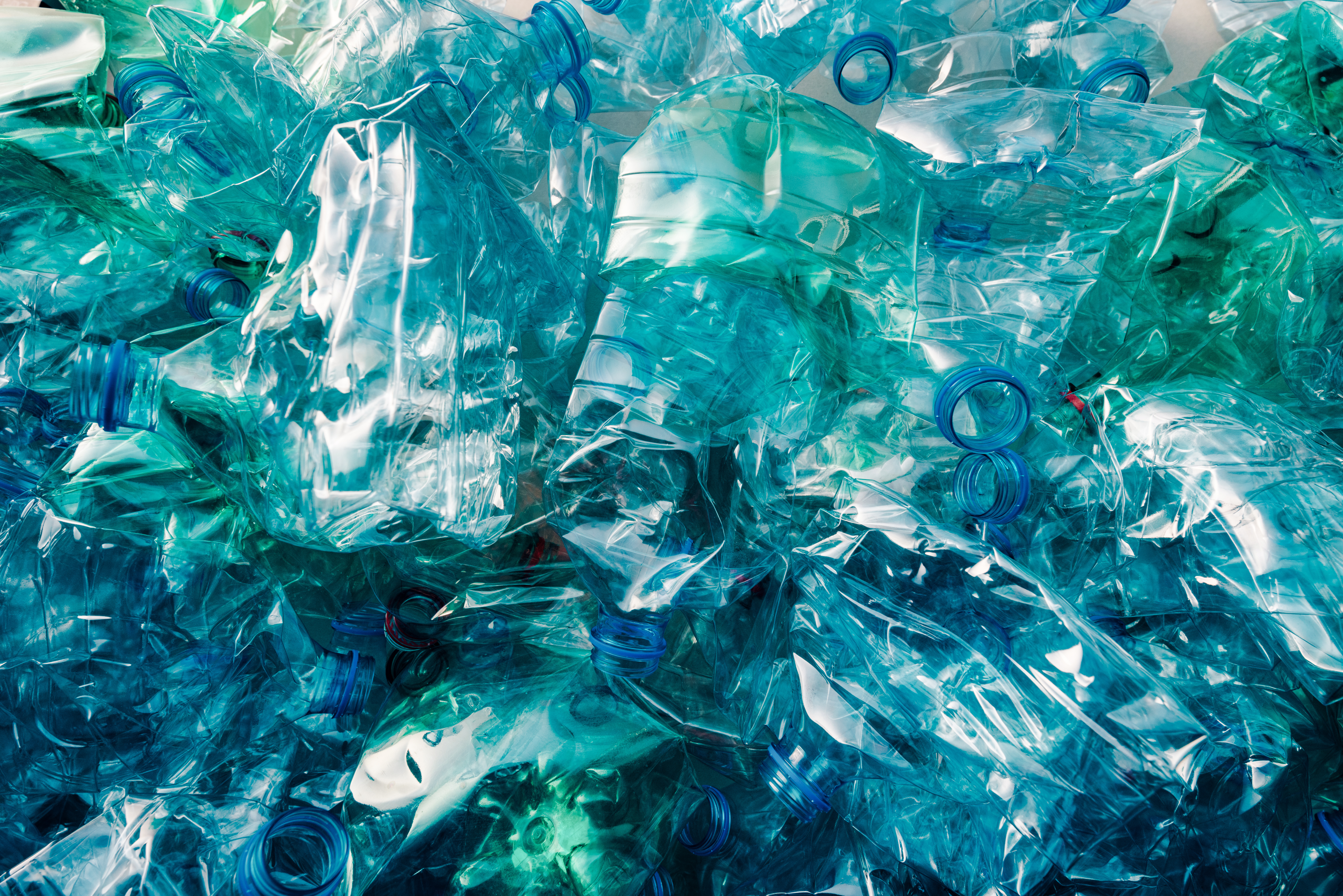 I’ve saved plastic for last since it is the most problematic material to recycle. Part of the issue is that plastic comes in so many types. If we focus on the most common plastic used for beverage bottles, #1 resin, it is the most recyclable of the plastics. It can be infinitely recycled back into more beverage bottles. To make this work, somewhere along the line somebody has to separate the #1 resin bottles from all of the other types of plastic. Just as an example, plastic milk jugs, even though they perform the same function as beverage bottles are made from another resin type. If you were diligently trying to recycle plastics, you would have to separate them by resin type, otherwise the whole batch of plastic would be considered “contaminated”. This issue is unique to plastics. On top of that, plastics are petroleum based. This means if there is a dip in the price of oil, it is cheaper to make bottles from virgin plastic than it is to recycle. There is a huge incentive to find a way to balance these issues around plastic. Not the least of which is the fact that un-recycled plastic bottles stay in the environment for up to 450 years and slowly degrade to microplastics which are small enough to enter the bodies of animals and people.
I’ve saved plastic for last since it is the most problematic material to recycle. Part of the issue is that plastic comes in so many types. If we focus on the most common plastic used for beverage bottles, #1 resin, it is the most recyclable of the plastics. It can be infinitely recycled back into more beverage bottles. To make this work, somewhere along the line somebody has to separate the #1 resin bottles from all of the other types of plastic. Just as an example, plastic milk jugs, even though they perform the same function as beverage bottles are made from another resin type. If you were diligently trying to recycle plastics, you would have to separate them by resin type, otherwise the whole batch of plastic would be considered “contaminated”. This issue is unique to plastics. On top of that, plastics are petroleum based. This means if there is a dip in the price of oil, it is cheaper to make bottles from virgin plastic than it is to recycle. There is a huge incentive to find a way to balance these issues around plastic. Not the least of which is the fact that un-recycled plastic bottles stay in the environment for up to 450 years and slowly degrade to microplastics which are small enough to enter the bodies of animals and people.
WASTE MANAGEMENT
No single approach can attack these different waste streams. Different materials require different solutions. Evergreen Recycling focuses on three areas: Paper, Plastics, and general municipal solid waste (MSW). They are also strong partners in helping their clients understand the economics at play in the recycling business and how they can make the best use of available resources. We’ve covered the “big four”: paper, aluminum, glass and plastics. Of course there are many more types of trash (MSW) that may be economical to harvest from a landfill: electronics, construction materials, food and other plants. But if we as a society can make headway in these areas, it would make a huge difference to reducing the need for landfills around the country.
To learn more about Evergreen Recycling and their recycling and waste management programs visit their web site at: Evergreen Web Site
You can also reach out to them directly through this contact link: Contact Evergreen or give them a call at (817) 293-4400

